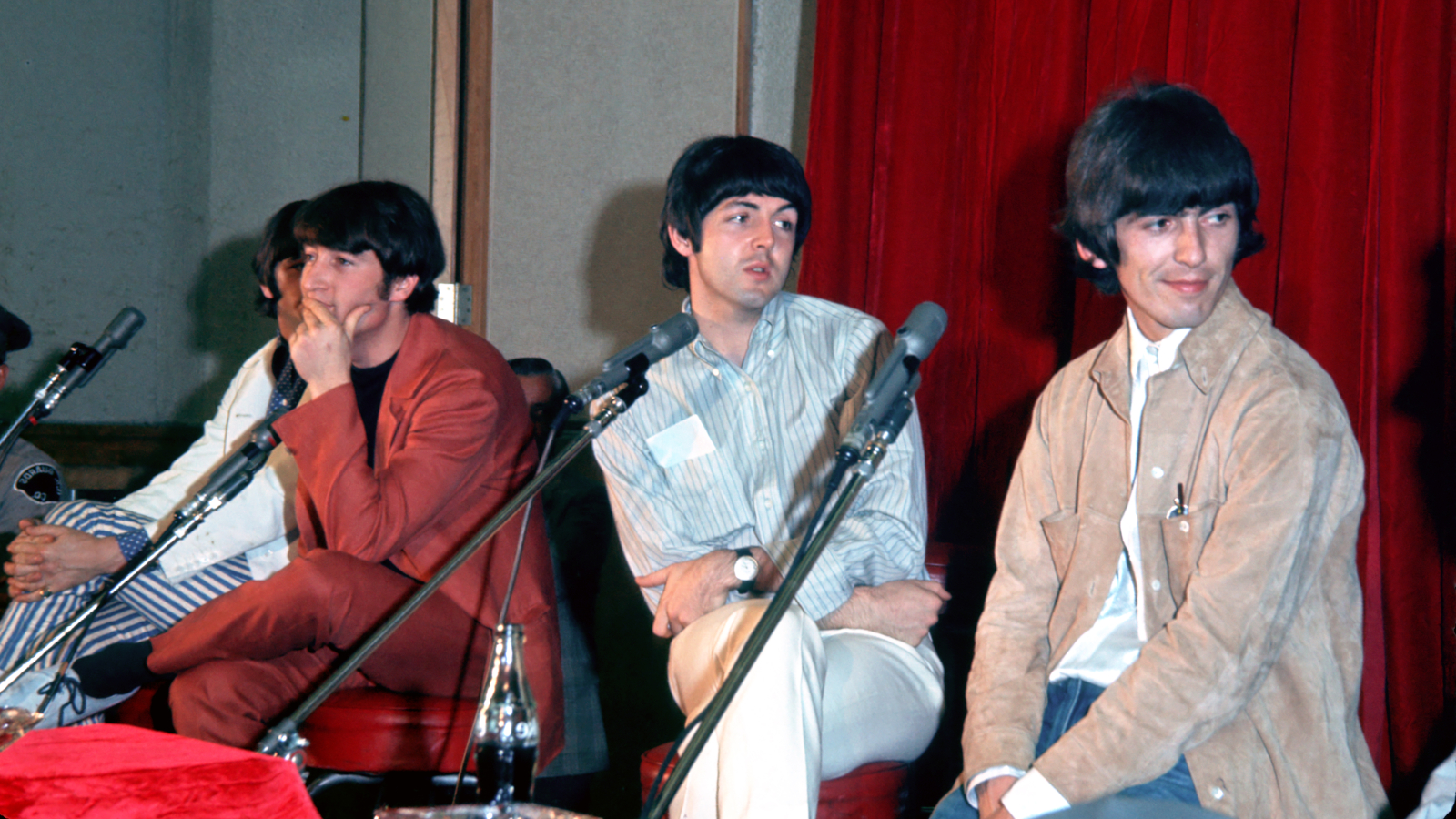Here’s How Guitarists Revolutionized Music in the Mid-‘60s
From 1965 onwards, rock ‘n’ roll was never the same

After its raucous birth in the 1950s and early demise following Buddy Holly’s death, Chuck Berry’s imprisonment, Elvis Presley’s Army enlistment and Little Richard’s spiritual rebirth, rock ‘n’ roll shriveled up.
The epicene years from 1960 to 1964 had been a formative but difficult period in which garage rock bands claimed back a piece of the teen pop charts before the British Invasion groups led the way to a rock ‘n’ roll victory.
Those spirited rebels were anything but monolithic. Many brought together influences of early rock, folk, blues, soul, trad jazz and more.
It’s hardly surprising that the old formulas for songwriting and music production were inadequate to the aims of these young and ambitious performers.
Something had to change, and in 1965, it did, largely due to the work of guitarists.
Fuzz effects, once novelty devices on songs like the Venture’s “The 2000 Pound Bee,” were used in earnest by players like Jeff Beck and Keith Richards for their otherworldly tones, along with already established effects like tremolo and reverb.
It was Beck, too, who introduced the sonorities of Indian music to rock ‘n’ roll with his guitar, soon to be followed by George Harrison and Brian Jones, who did likewise by learning the rudiments of the sitar.
What followed was a radical reconfiguring of teen “beat” music.
In the hallowed halls of recording studios like London’s Abbey Road and Trident, this took place with serious application of orchestras, Mellotrons, electric pianos, harpsichords, organs and early Moog synthesizers.
In the dingy basements and dirty garages of teen bands in the U.S., it was evidenced instead by a deconstruction of norms: screamed vocals and fuzzed-out guitars plied against primitive, pummeling beats.
In either form, this was psychedelic rock.
The shocking new sounds fired off synapses in ways familiar to those who had taken LSD.
The drug had become popular in California’s youth culture, primarily in San Francisco, where the Grateful Dead were at the epicenter of Ken Kesey’s acid-fueled happenings, as well as in Los Angeles, where Byrds guitarists Roger McGuinn and David Crosby dropped LSD with the Beatles in the summer of 1965.
Within months, both of those bands would dramatically change their musical direction as acid opened their minds to new approaches to sound.
By late 1966, in London, a newly arrived guitarist christened Jimi Hendrix was conjuring up his own singular brand of psychedelic guitar rock.
He needed nothing more than a Stratocaster and Marshall stack to do so, but with assistance from early effects guru Roger Mayer, Hendrix blew down the walls and signaled the birth of a potent brew of blues-based psychedelia that redefined the electric guitar.
Rock ‘n’ roll was never the same.
Get The Pick Newsletter
All the latest guitar news, interviews, lessons, reviews, deals and more, direct to your inbox!
Guitar Player is the world’s most comprehensive, trusted and insightful guitar publication for passionate guitarists and active musicians of all ages. Guitar Player magazine is published 13 times a year in print and digital formats. The magazine was established in 1967 and is the world's oldest guitar magazine. When "Guitar Player Staff" is credited as the author, it's usually because more than one author on the team has created the story.
“We’d heard Jimi Hendrix, we'd heard the Who, but now we finally got to see these guys. And watching Jimi Hendrix burn his guitar….” Grace Slick on Hendrix at Monterey, Jefferson Airplane and the Spanish origins of “White Rabbit”
“I’m still playing but I’m covered in blood. Billy’s looking at me like, ‘Yeah! That’s punk rock!'” Steve Stevens on his all-time worst gig with Billy Idol — and the visit to Jimi Hendrix's grave that never happened










